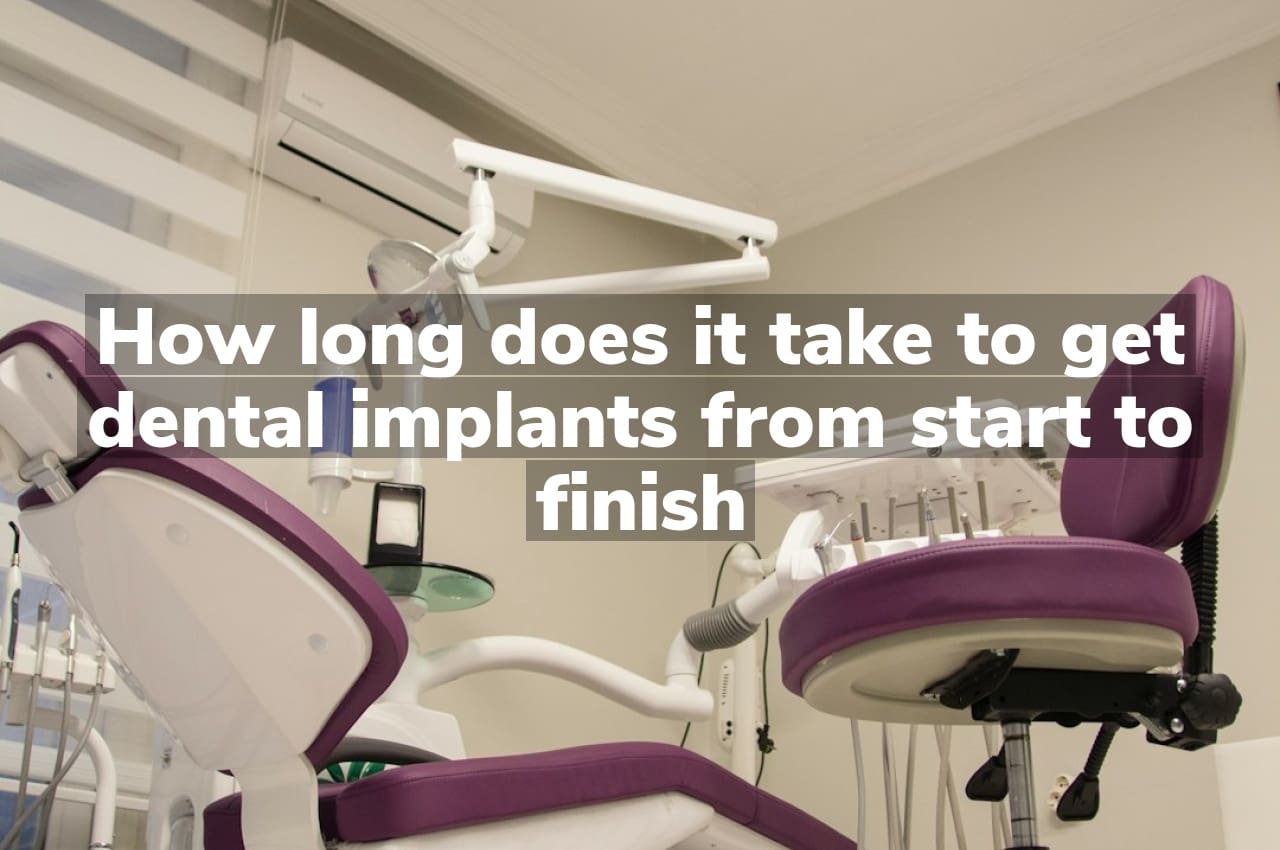How strong are tooth fillings, and what can we expect from different tooth filling materials? Tooth fillings are designed to restore function and aesthetics to damaged teeth, with their strength varying widely depending on the materials used. These materials range from metals to ceramics and composites, each offering distinct durability and performance characteristics under the stresses of daily dental functions.
Tooth Filling Materials and Types Available
When considering the durability and strength of different tooth filling materials, it’s important to understand the variety available in today’s dental practices. Commonly used materials include amalgam, which is known for its strength and longevity; composite resins, which can be matched to the natural color of your teeth; and ceramic fillings, which offer both aesthetic appeal and good resistance to staining. Each material has its own set of characteristics that cater to various dental needs and preferences.
For those wondering about the longevity and maintenance of these options, it’s relevant to consider How often should tooth fillings be replaced? Replacement Frequency for Tooth Fillings. The choice among different tooth filling materials can significantly influence the frequency of replacement and the overall long-term care of dental fillings. Understanding these factors can help in making informed decisions about dental health.
Factors Determining Number of Fillings
The number of fillings a person might need largely depends on various factors including the extent of decay and the overall dental health of the individual. Different tooth filling materials can also influence the decision-making process, as some materials may be better suited for larger fillings or areas of the mouth that endure more wear and tear. The dentist’s assessment of tooth decay, the size and location of cavities, and the patient’s oral hygiene habits play crucial roles in determining how many fillings are necessary.
Each case is unique, and the final decision on the number of fillings required will depend on a thorough examination by a dental professional. For those seeking to understand more about their options, including the different tooth filling materials available, visiting a local dental clinic can provide valuable insights. For residents in Woodstock looking for detailed information on available choices, consider exploring Best Tooth Fillings Options in Woodstock.
Impact on Tooth Structure and Health
When considering the strength of different tooth filling materials, it’s essential to also consider their impact on tooth structure and health. Each material interacts with the natural tooth in unique ways, potentially influencing the long-term health and integrity of the tooth. The compatibility of different tooth filling materials with natural dental tissues plays a crucial role in ensuring that the restored tooth remains functional and aesthetically pleasing while supporting overall oral health. Understanding these interactions helps in appreciating how these materials contribute to dental restoration.
Longevity and Durability of Multiple Fillings
When considering the longevity and durability of different tooth filling materials, it’s essential to understand that each type offers varying degrees of strength and wear resistance. The lifespan of dental fillings can significantly impact overall oral health, with some materials naturally lasting longer than others under the daily demands of chewing and exposure to oral conditions. While the choice of material can influence how long a filling remains effective, the specific conditions in an individual’s mouth also play a crucial role in determining the durability of these dental restorations.
For more information on dental health, consider consulting with Woodstock Dentist.
Signs You Might Need Multiple Fillings
If you frequently experience discomfort or pain in different areas of your mouth, it might indicate the need for multiple fillings. Sensitivity to hot, cold, or sweet foods and visible holes or dark spots on teeth are common signs that multiple teeth may be affected. Additionally, persistent bad breath or an unusual taste in your mouth could suggest decay that has spread to several teeth, potentially requiring multiple interventions to restore oral health.
Procedure for Getting Multiple Fillings
When considering the procedure for getting multiple fillings, it’s essential to understand that the strength and longevity of the fillings depend significantly on the choice of different tooth filling materials. Typically, the process begins with a thorough examination by your dentist to determine the extent of decay and the number of teeth involved. Local anesthesia is administered to ensure comfort during the procedure. The dentist will then remove decay from each tooth and shape the space to prepare it for the filling. Depending on the number of fillings needed and the materials chosen—such as composite resins, amalgam, gold, or ceramic—the procedure’s duration can vary. Each material offers distinct advantages in terms of durability, aesthetics, and cost, influencing both the procedure’s approach and the outcome.
Risks and Complications of Overfilling
When considering different tooth filling materials, it’s crucial to address the risks associated with overfilling. Overfilling a tooth can lead to several complications, including increased sensitivity, bite misalignment, and even damage to the tooth structure itself. These issues not only cause discomfort but can also affect the longevity and effectiveness of the filling. Choosing the right material and an experienced dentist is essential to avoid the excess application of the filling material, ensuring that your dental restoration maintains both function and comfort.
Alternatives to Multiple Fillings
When considering the longevity and effectiveness of different tooth filling materials, it’s also worth exploring alternatives to multiple fillings, especially for those seeking more comprehensive solutions. Techniques such as dental crowns, inlays, and onlays provide robust alternatives that cover more of the tooth’s surface and are typically made from stronger materials like porcelain and gold. These options not only offer enhanced durability compared to traditional fillings but also better aesthetic results, making them an excellent choice for teeth that require extensive restoration. By choosing these alternatives, patients can achieve a more stable and long-lasting solution while utilizing the best of what different tooth filling materials have to offer.
Maintenance of Teeth with Multiple Fillings
Proper maintenance of teeth with multiple fillings is crucial to ensure the longevity and effectiveness of the different tooth filling materials used. Regular dental check-ups are essential, as they allow professionals to monitor the condition of the fillings and the surrounding tooth structure. Daily brushing and flossing are imperative to prevent decay around the filling edges. Additionally, avoiding hard and sticky foods can protect fillings from damage. By adhering to these care guidelines, individuals can maintain the strength and health of their fillings, ultimately preserving their overall oral health.
Conclusion
Exploring different tooth filling materials reveals a range of strengths and applications. For further inquiries, call us at 678-483-5999 or read our reviews on Google Maps.










